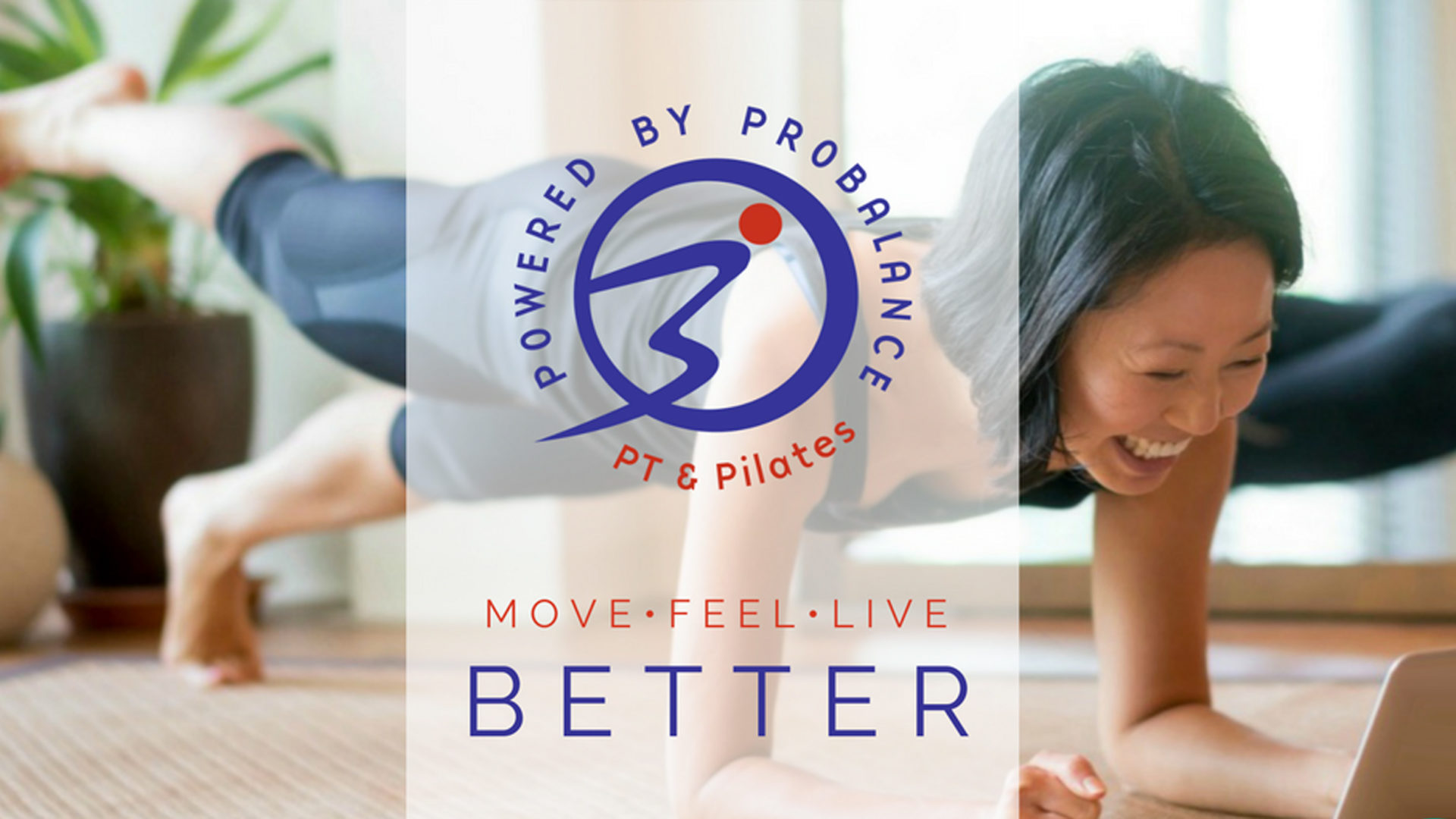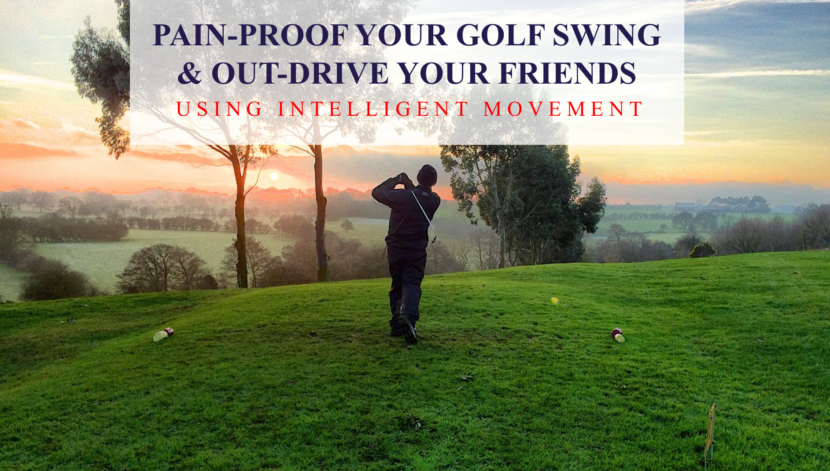There are two main reasons golfers leave the game: 1) Injuries keep them from playing and/or 2) their level of play diminishes to a point where it’s no longer fun. The body/swing connection impacts both, but there can be some confusion as to how to maximize it.
I’ve been working with golfers and athletes at all levels for over 22 years, and one thing I have noticed is how much of a misconception there is about what individuals need to do in order to move well and play well. Unfortunately, the noise from some “experts” leads to training methods that may not be ideal for that individual but it’s difficult for the golfer to sort through what is right for them.
For example, a golfer that complains about feeling tight and having “knots” may not need to stretch or to get a massage. In many cases, that sensation of muscle tension can be the result of a deficiency in stability and motor control in key parts of the body. While stretches may feel good, they are less likely to make a lasting change if they’re stretching what already moves too much rather than looking to see if those very muscles are holding on to an instability. A smarter approach would be to look to see if their perceived “stiffness” or “tightness” is really the body using a “binding strategy” that is simply trying to compensate for lack of control elsewhere.
By the same argument, a golfer or athlete who may appear well developed muscularly may be wondering why they can’t seem to generate much power in their swing. Lifting more weights at the gym isn’t the answer, but working on 3 dimensional control and reactionary skills may lead to greater gains.
While it’s easy to teach a person exercises, it takes much more skill to identify and teach movement from a place of specificity so that the golfer isn’t wasting time working on things that are not helpful, or worse yet, that can jeopardize the very body/swing connection elements they’re trying to preserve. This is why an intelligent and strategic movement approach, one that enables the golfer to fill in those critical gaps that affect how the body moves through the swing is so important. When these gaps and compensations are addressed, it leads to more efficient and fluid movement. It is that very fluidity and ease which will make golfing more of an enjoyable experience for the long term rather than feeling like you’re fighting your own body just to get around 18 holes.
If you’re interested in finding out how to use an intelligent movement approach, I invite you to join the FREE ProBalance Pain-Proof Golf Portal. I hope to see you in there!


